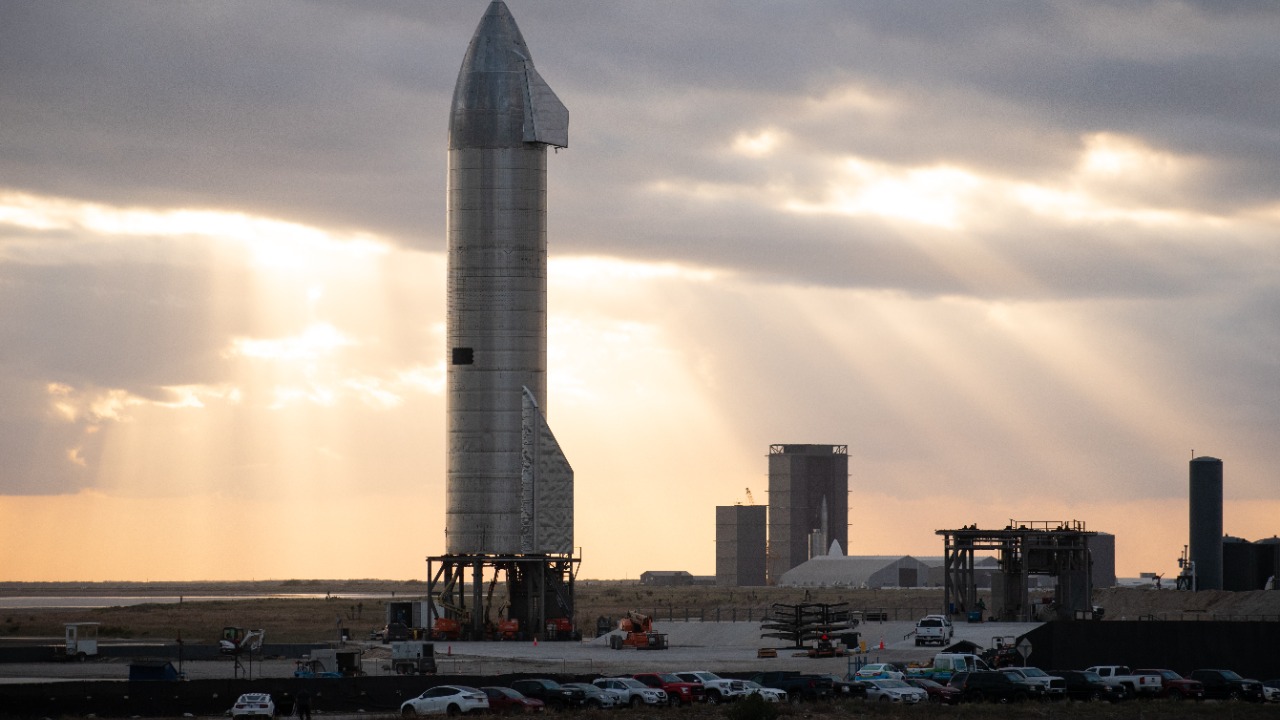
SpaceX’s Starship represents a monumental leap in aerospace engineering, particularly in its ambitious landing system that challenges existing technological boundaries. Starship defies engineering limits with its precision landing capabilities, innovative design features, and the technology that drives its success. This exploration highlights how SpaceX is redefining what’s possible in space travel, setting new benchmarks for the aerospace industry.
The Quest for Precision in Rocket Landings
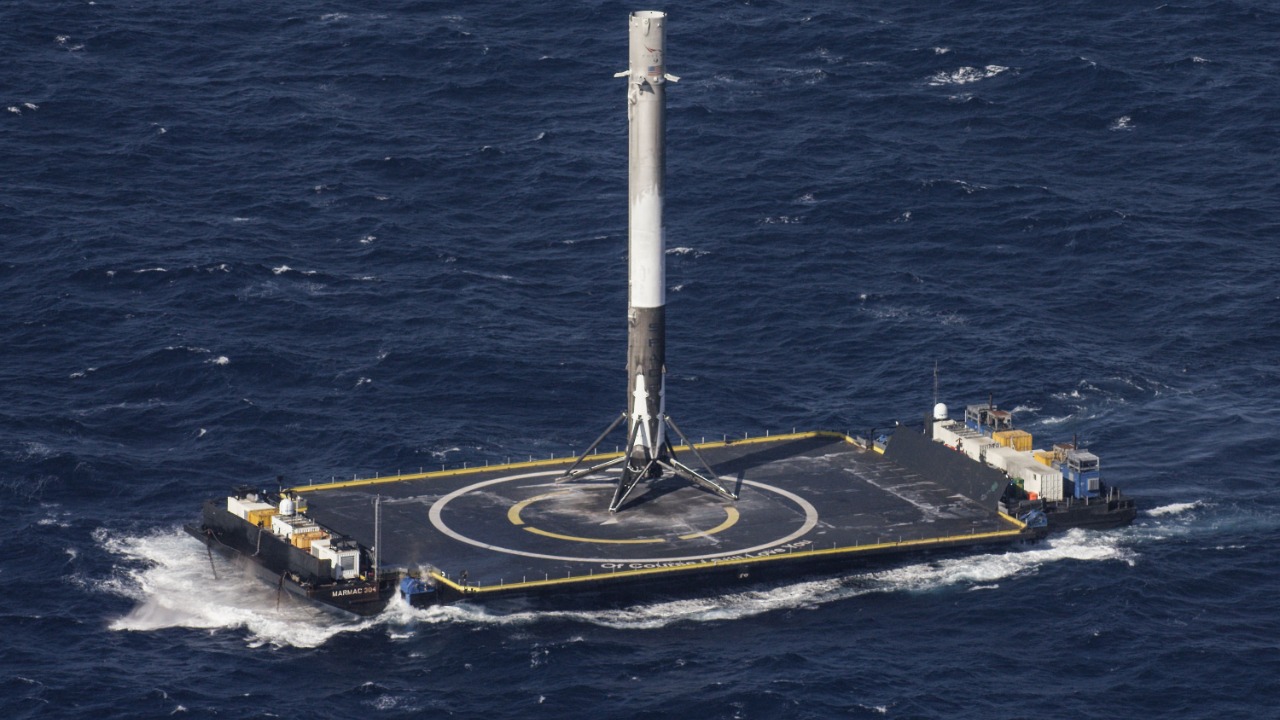
SpaceX’s goal to achieve unprecedented landing accuracy, reportedly within 1-2 cm, presents significant engineering challenges. Such precision requires a synergy of advanced technology and meticulous algorithms. Real-time data processing plays a crucial role, enabling Starship to adjust its trajectory during descent. Advanced sensors gather constant feedback, allowing the onboard computer to make split-second decisions. This level of accuracy was a distant dream until recent advances in technology made it feasible.
When comparing the Falcon 9 and Starship, it is clear that lessons from Falcon 9’s landing system have been pivotal. Falcon 9 has set records with its reusable rockets, which have established a strong foundation for Starship’s design. The reusability of Falcon 9 has been a game-changer, significantly lowering costs and increasing the frequency of launches. These achievements are vital as SpaceX aims to make Starship not just reusable but more reliable, with the potential for rapid turnaround between missions.
Innovative Engineering Design
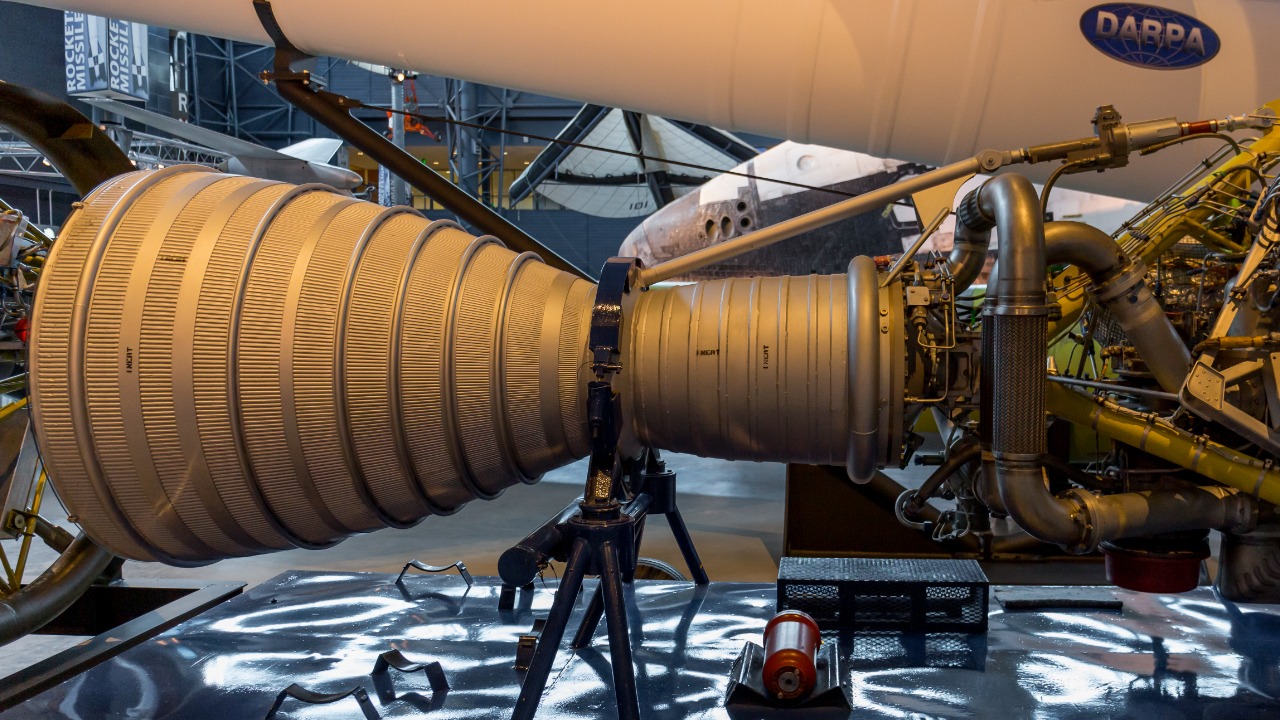
The Raptor engines are central to Starship’s landing capabilities, offering advanced thrust control and redundancy. Thrust vectoring allows the spaceship to maintain balance and adjust its descent path dynamically. Raptor engines are known for their high efficiency and power, crucial for executing precise landings. Their design includes multiple redundant systems to ensure safety in case of an engine failure, a feature that enhances Starship’s reliability and operational flexibility.
Another crucial aspect of Starship’s design is its heat shield, a technology that protects the spacecraft during the intense heat of re-entry. The heat shield consists of advanced materials capable of withstanding extreme temperatures. These materials are meticulously chosen and designed to absorb and dissipate heat while maintaining structural integrity. This thermal protection system is vital for ensuring that the spacecraft can survive the journey back to Earth, a challenge that requires both innovative materials and rigorous testing.
Technological Breakthroughs and Challenges
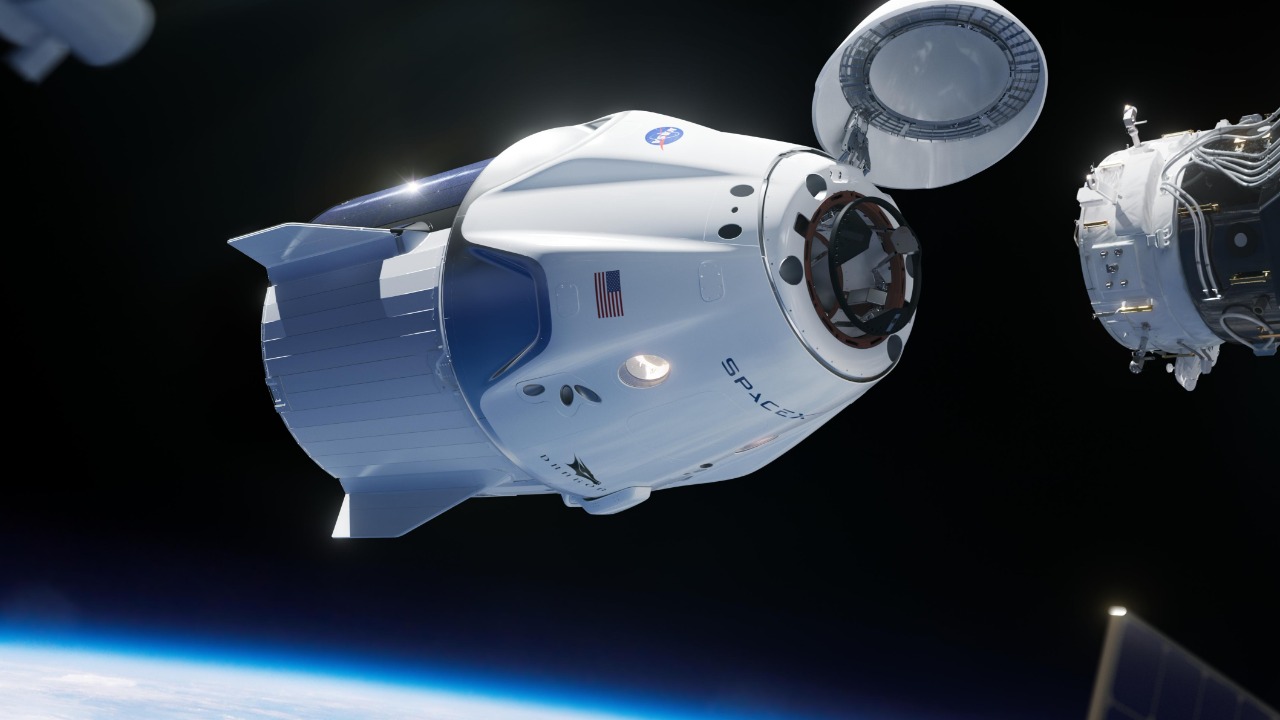
Starship’s landing system relies heavily on autonomous navigation systems, integrating AI and machine learning for enhanced performance. These technologies allow the spacecraft to interpret complex data and respond to changing conditions autonomously. The integration of AI with traditional control systems ensures that Starship can make intelligent decisions, increasing the precision and reliability of its landings. This autonomous capability is essential for missions where human intervention is limited or impossible.
One of the most daunting engineering challenges is atmospheric reentry. SpaceX has developed innovative solutions to address this, conducting extensive testing and simulations. The reentry process subjects the spacecraft to intense forces and temperatures, requiring robust engineering solutions to ensure survival. Through rigorous simulations and real-world testing, SpaceX continues to refine Starship’s design, preparing it to handle the stresses of reentry and landing with confidence.
Future Implications for Space Travel
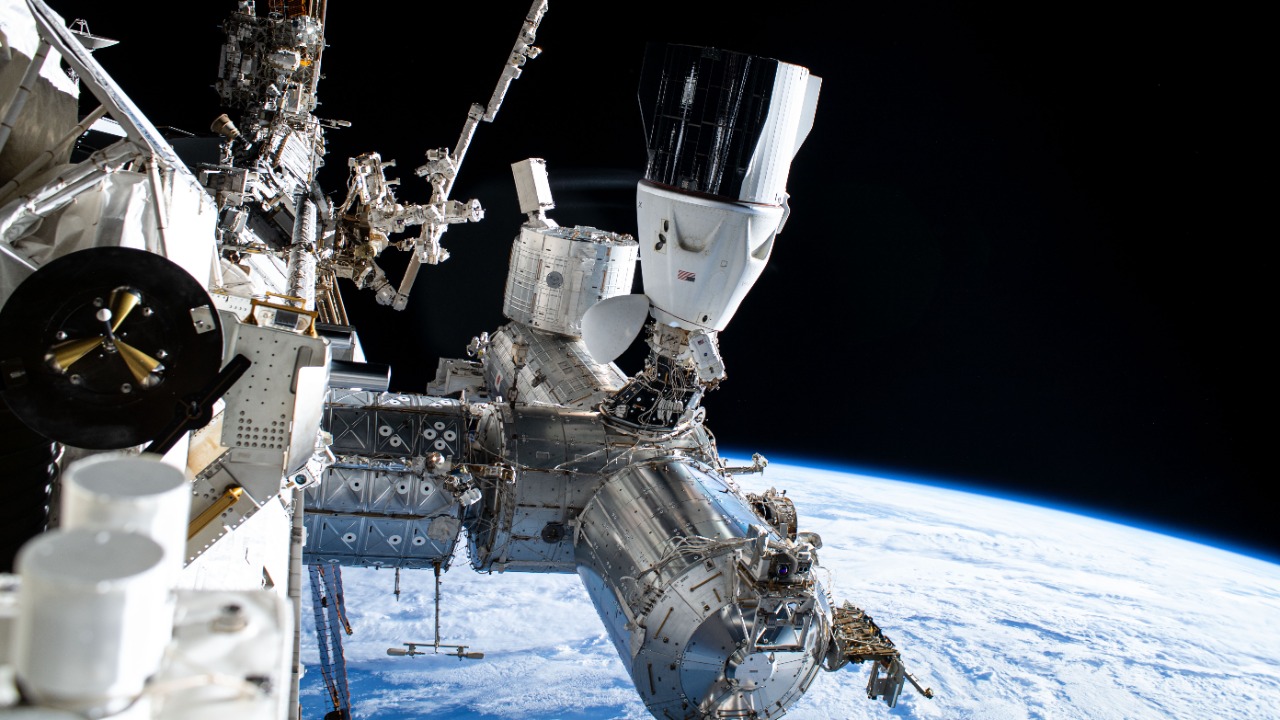
Starship’s landing system plays a pivotal role in SpaceX’s vision for Mars colonization. Precise and reliable landings are critical for safely delivering cargo and humans to the Martian surface. However, landing on Mars presents unique challenges, such as its thin atmosphere and rugged terrain. SpaceX is actively working to address these issues, using Starship’s landing system as a foundation for future exploration and settlement on Mars.
Starship’s advancements have far-reaching implications for the global space industry. By setting new standards for reliability and reusability, SpaceX is influencing other agencies and private companies. These advancements promise significant economic and scientific benefits, making space travel more accessible and frequent. As the industry evolves, Starship’s contributions will likely accelerate progress, driving innovation and inspiring future generations to reach for the stars.